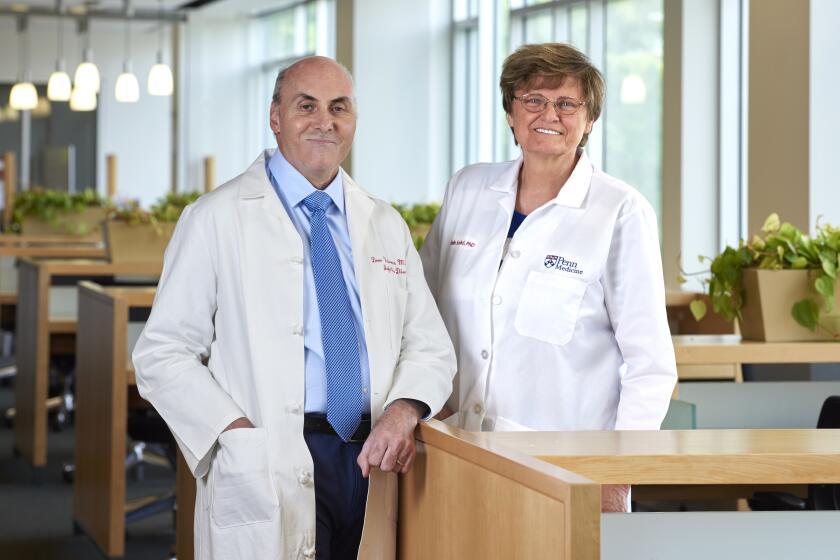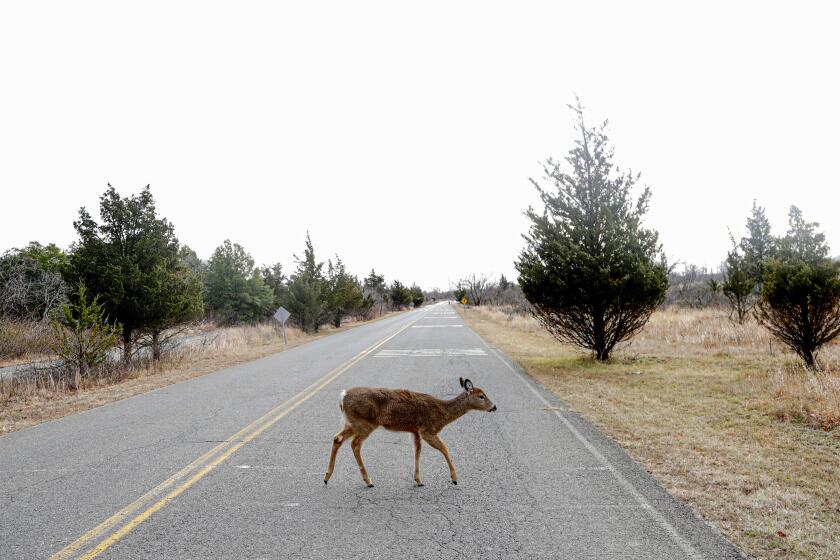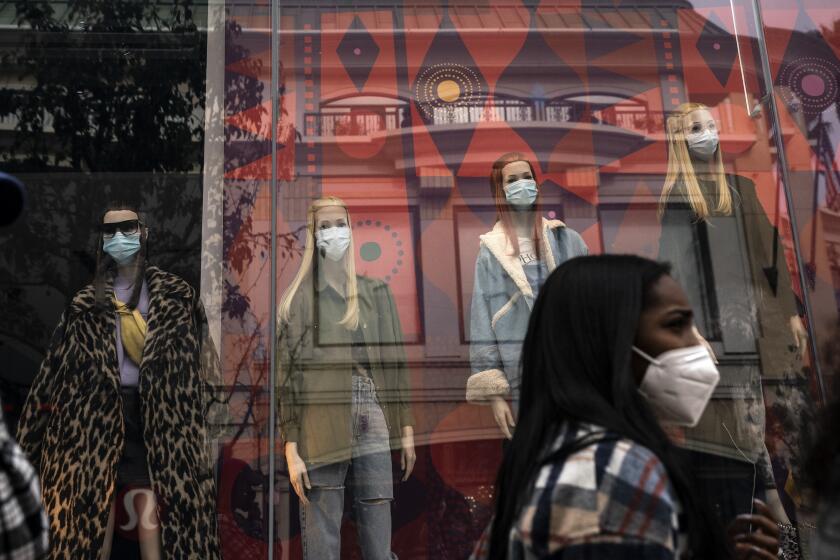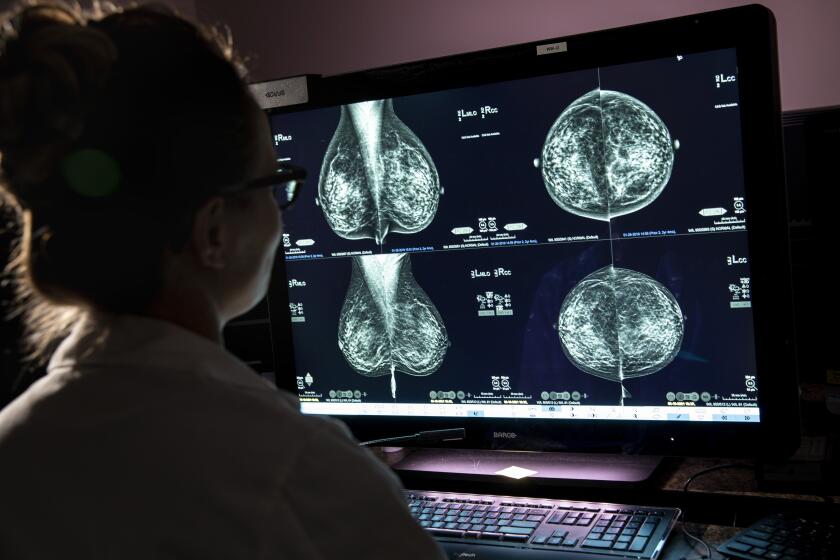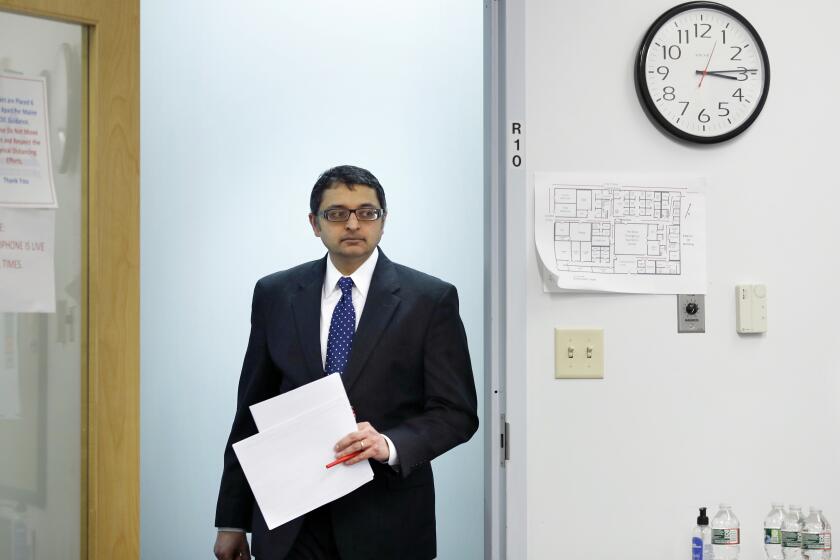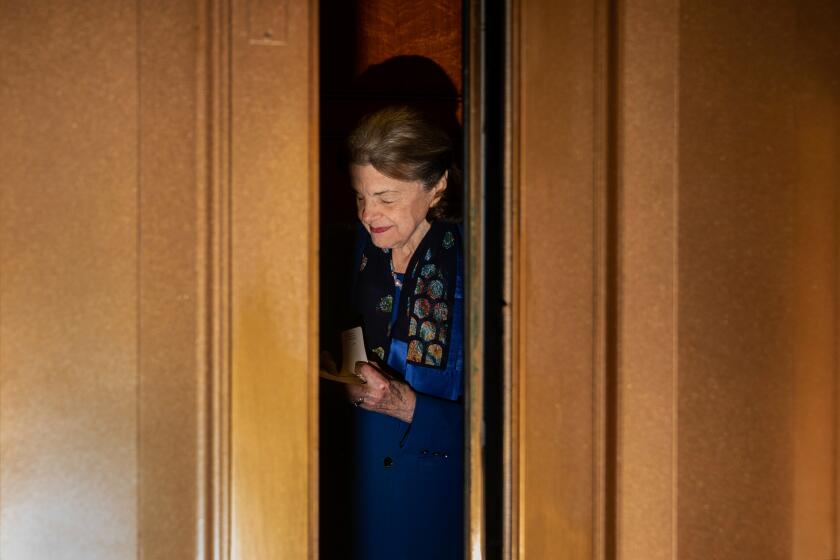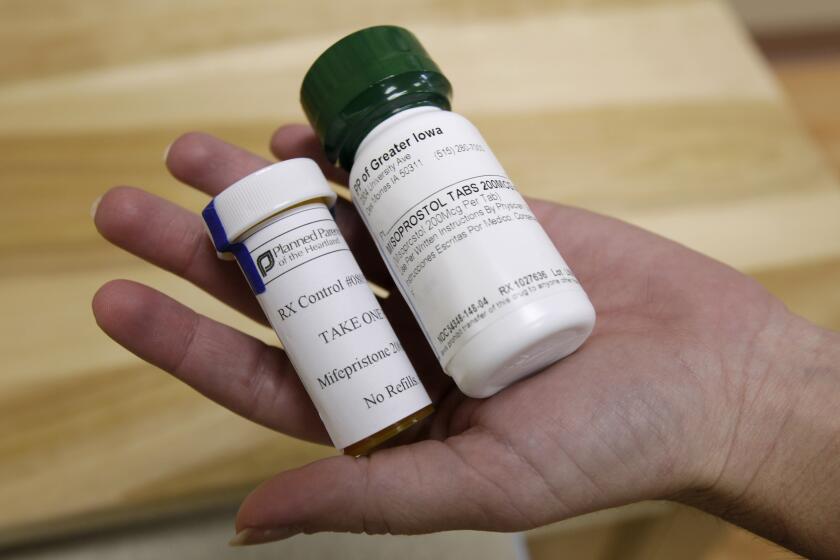
Melissa Healy
Follow Us
Melissa Healy is a former health and science reporter with the Los Angeles Times who wrote from the Washington, D.C., area. She covered prescription drugs, obesity, nutrition and exercise, and neuroscience, mental health and human behavior. She was at The Times for more than 30 years, and has covered national security, environment, domestic social policy, Congress and the White House.
Latest From This Author
Nobel Prize winners Katalin Karikó and Drew Weissman harnessed messenger RNA, an advance that led to the Pfizer and Moderna COVID-19 vaccines.
Oct. 2, 2023
Coronavirus infections have been found in at least 32 animal species in 39 countries. Some can transmit the virus to humans.
June 9, 2023
The end of the federal government’s health emergency has left COVID-conscious Americans feeling vulnerable. Here are some steps you can take to protect yourself.
May 11, 2023
El Grupo de Trabajo de Servicios Preventivos de EE. UU. planea recomendar que las pruebas de detección del cáncer de mama comiencen a los 40 años para beneficiar a grupos que incluyen a mujeres negras y mujeres con senos densos.
May 9, 2023
The U.S. Preventive Services Task Force plans to recommend that breast cancer screening start at age 40 to benefit groups including Black women and women with dense breasts.
May 9, 2023
With the nation’s COVID-19 public health emergency ending and less state cooperation, the CDC has a new plan for monitoring the coronavirus across the U.S.
May 5, 2023
A case of shingles can mean two weeks of burning agony for a younger patient. But in older people like Sen. Feinstein, it’s far more likely to last longer.
May 4, 2023
Gabriel Chavez, 36, was a basketball coach at Granada Hills Charter High School and volunteered for several youth programs while having an “inappropriate relationship,” police say.
April 22, 2023
A woman was killed early Saturday morning in a hit-and-run collision involving a reported stolen vehicle in Orange County, authorities say.
April 22, 2023
Rigorous research tracking the mental health of women who’ve had abortions doesn’t support the claim that mifepristone is psychologically damaging.
April 13, 2023
